These homemade Skagenslapper are deliberately slightly larger than the baker's - but you're free to make them smaller. I weigh out the dough in 90 gram pieces, you can use 70 grams instead - that makes 20 instead of 16.
I've chosen to use a little spelt flour and a little wholemeal wheat flour - it provides both more fibre and a richer flavour.
The ingredients include dark malt flour, which adds both aroma and colour. I also use gluten and baking enzyme - this helps to give a fluffier bread with a better crust and perhaps a longer shelf life. If you don't have these ingredients, you can simply omit them and replace with wheat flour.
Skagenslapper are delicious with the roasted flavour of sunflower seeds from the bottom.
Ingredients for homemade Skagenslapper
550 g vand
23 g baking enzyme *.
38 g gluten *
20 g dark malt flour *
165 g spelt flour
110 g wholemeal wheat flour
550 g wheat flour, minimum 12% protein content (*increase to 630 grams if you don't use malt flour, gluten and baking enzyme)
9 g dry yeast or 25 g fresh yeast
19 g salt
Poppy seeds, sesame and sunflower seeds as needed
Method
Pour water and yeast into the mixing bowl of your mixer and dissolve the yeast if you are using fresh yeast. Add the remaining ingredients except the wheat flour and salt. Mix on the slowest speed for a minute so that everything is soaked.
Add the wheat flour and salt. Mix on the slowest speed until the flour is mixed in with the rest, turn up to medium speed and knead thoroughly - I go for 15-20 minutes until the dough has a temperature of around 28° - preferably no higher. The dough will be fine and shiny.
Take the dough out on the table and fold it up - i.e. pull a corner over the dough, turn it slightly, repeat, repeat - a bit like stretching and folding a sourdough. When you have a nice, round lump with a ‘tight’ surface, place it in the bowl with the joint at the bottom, spray the surface with a little water, cover it with a cloth and let it rise for 1½ hours at room temperature to at least double in size.
Take the dough out on the table and squeeze the air out of it while forming it into a square - fold the top third down over the centre and the bottom third up over the centre so that the dough is folded into 3 layers (which will stick together). We do this to build up more gluten layers in the dough.
Weigh the dough into 16 90 gram pieces or 20 70 gram pieces - this should roughly match the quantity. Each piece should be worked up in the same way as the larger lump of dough was earlier and should end up as a nice, round ball with a sort of joint or ‘navel’ underneath. You should be able to feel that you have ‘tightened’ them up.

Let them rest for a few minutes to get them ready to work with again. It takes a little time to work each lump, so it's likely that the first lump will be ready when the last lump is formed.
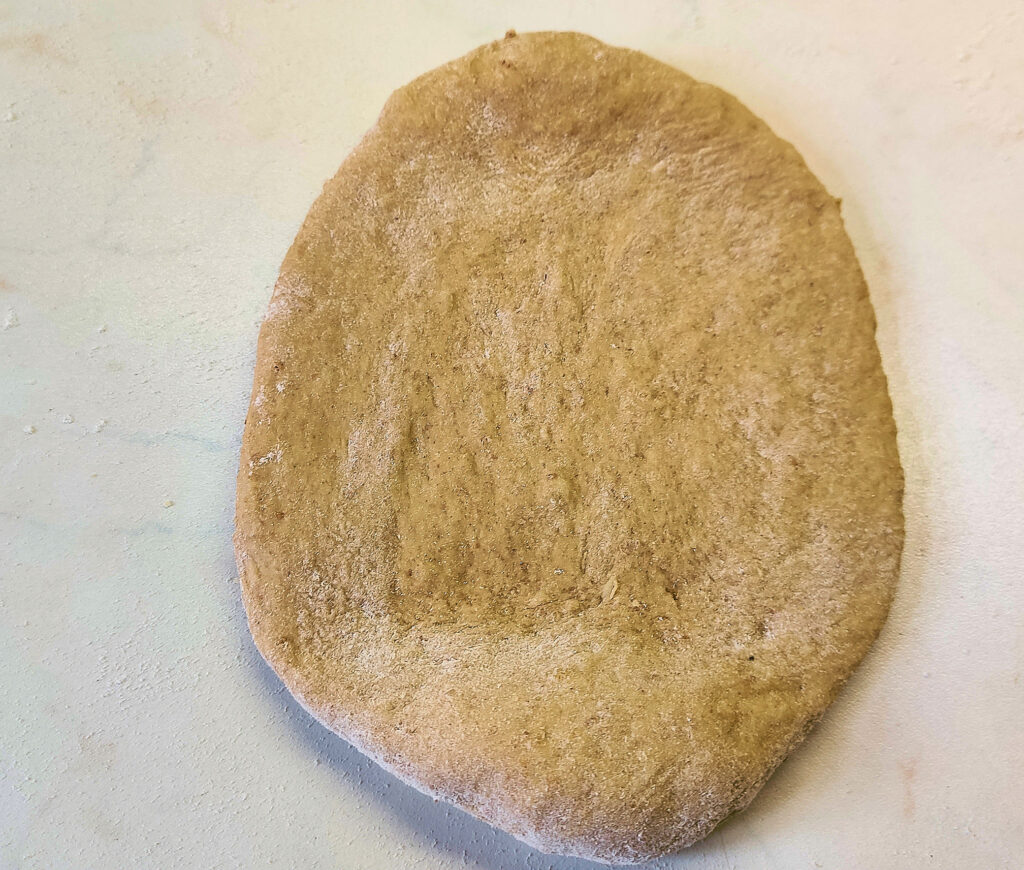
Turn the lumps so that the bottom is facing upwards. Roll each lump of dough into an oval with a rolling pin, about 10 cm long. Do not roll over the edge at the top and bottom. Fold them over into semicircles, creating a ‘mouth’ where you didn't roll over.

Brush the tops of the buns with water, dip them in a mixture of poppy seeds and sesame seeds and place them on the table, sprinkled side down. Brush the "bare" side again and dip in sunflower seeds.
Place them sunflower seeds side down on baking paper on 2 baking trays. Leave plenty of space between them so they don't grow together. If you have perforated baking trays, this is extra good.
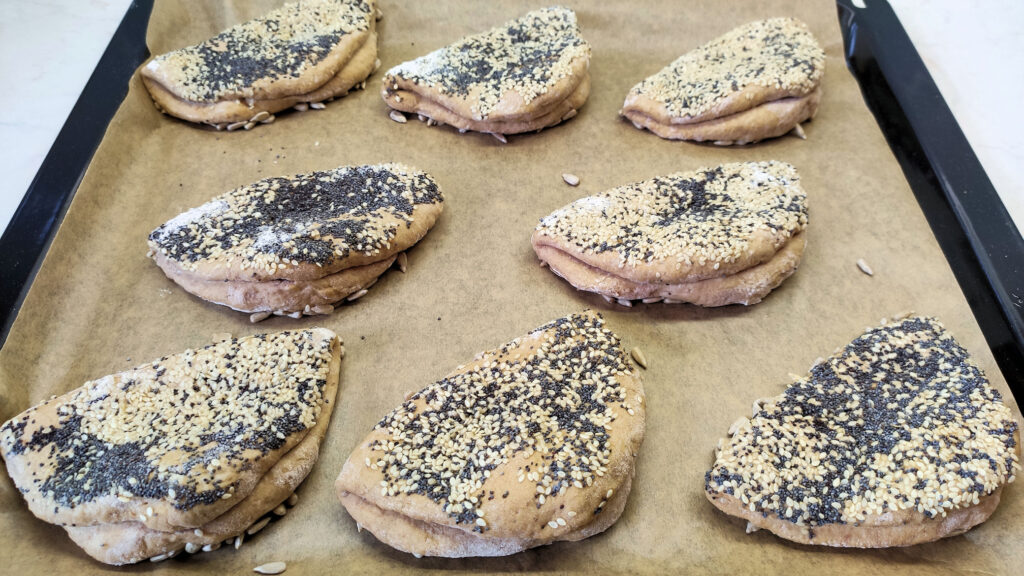
Place the two trays in the oven. Pour 1 litre of boiling water into a roasting tray at the bottom of the oven, close the door, set the oven fan to fan without turning on the heat and leave them there for 20 minutes. Take them out and place them on the counter.
Place a small baking tray in the bottom of the oven (or an ovenproof dish), preferably with granite chips if you have them. If you don't have granite chips, just pour the water (see below) directly into the small baking tray. Heat the oven to 250°, fan off, for half an hour so that both the oven and stones are thoroughly heated.

Place both trays in the oven, pour 1½ dl boiling water over the stones at the bottom (watch out for the steam!), close the door and turn down to 190° C, fan on. Bake for 12 minutes. Open the door and let all the steam out (be careful!), remove the stones and if your oven bakes unevenly, swap the top and bottom plates and place the ‘front’ side at the back of the oven. Bake for another 12 minutes, opening the oven door a few times to let the steam out - for example after 5 and 10 minutes. Take the buns out and cool them on a baking tray.
If you want to freeze them, it's a good idea to bag them while they're lukewarm. The moisture released in the bag will help prevent the crust from coming off easily when you reheat them later after defrosting.
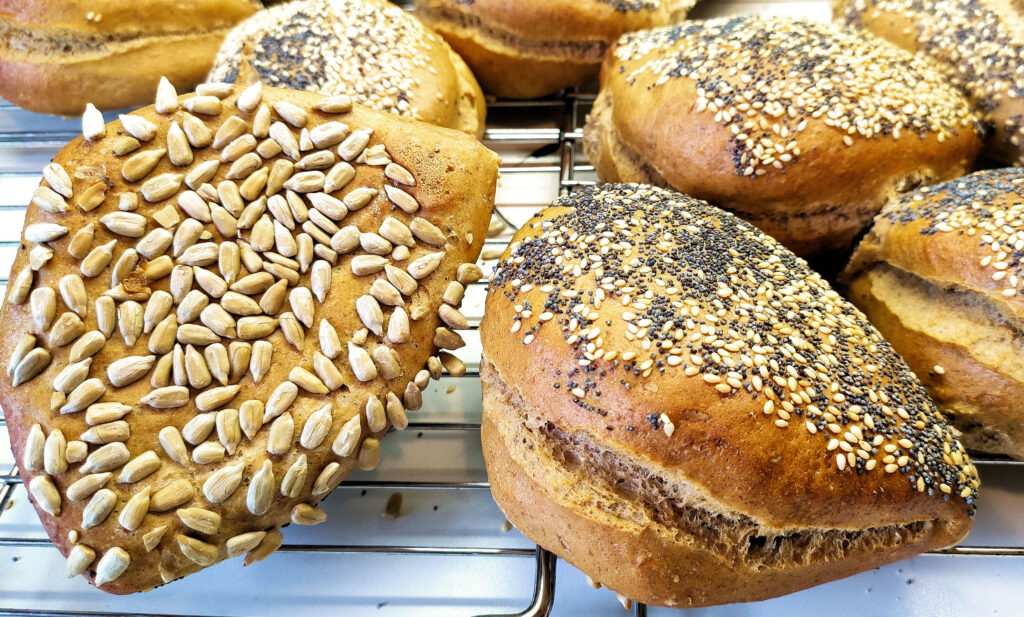

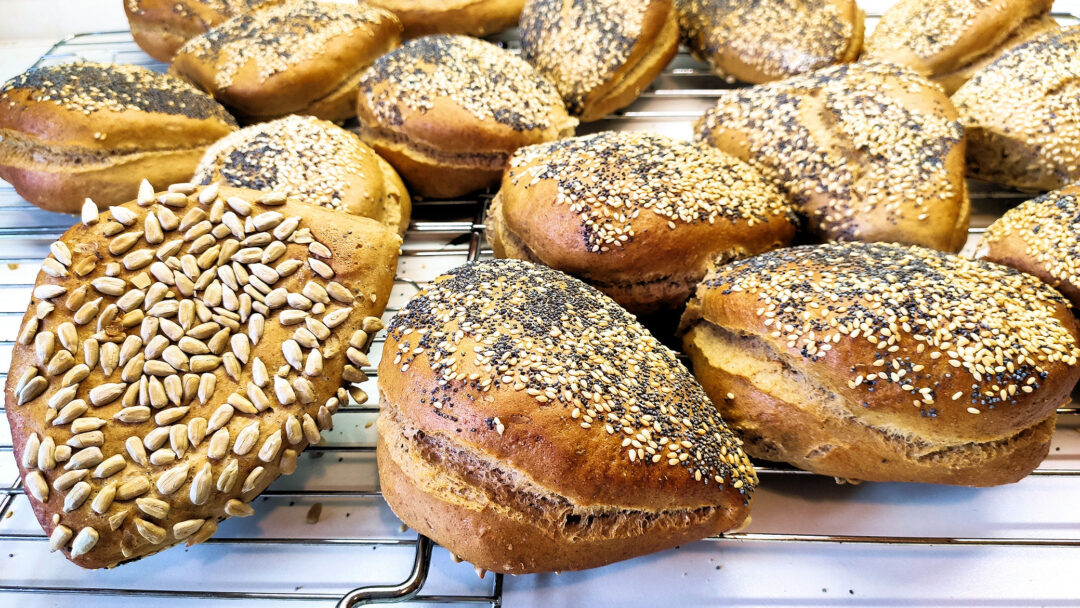
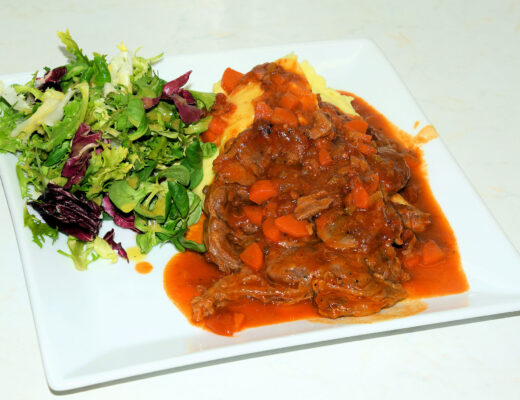

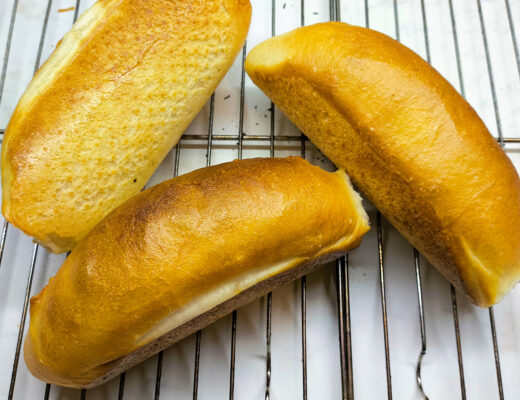
No Comments